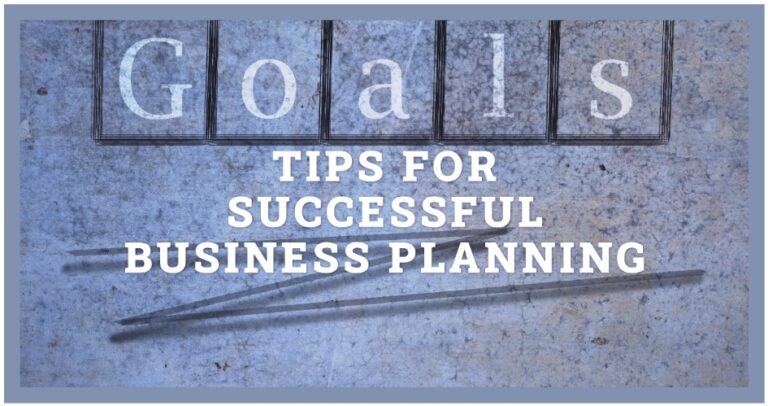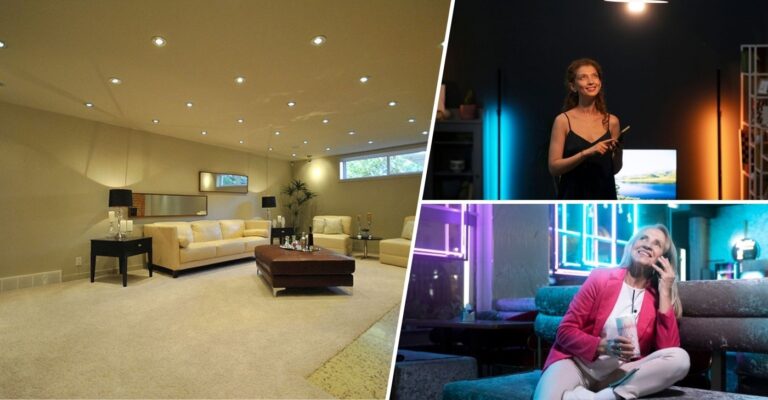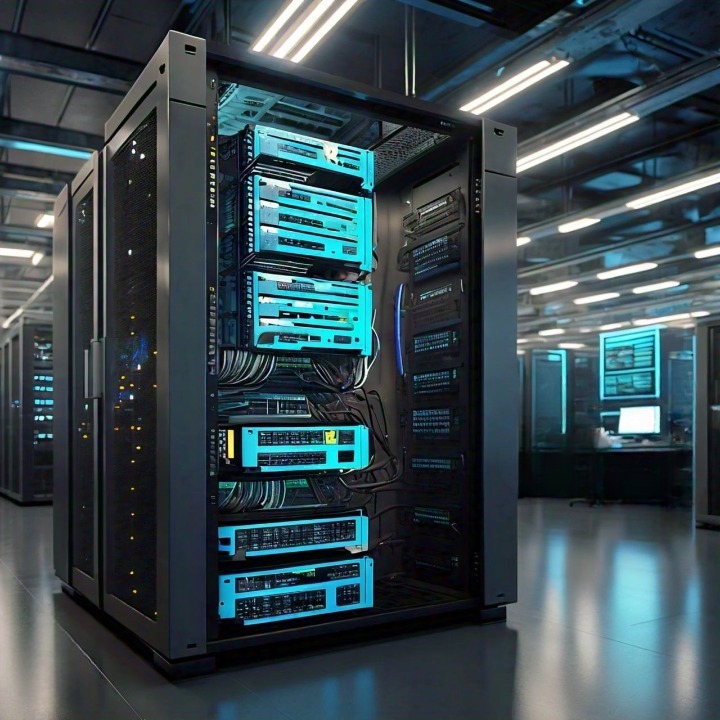Drafting Dynamics: Navigating the Intersection of Art and Engineering
Few domains in the vast fabric of human endeavor connect as beautifully and cleverly as art and engineering do. They could initially appear to be far-off shores, each with its own dialect, equipment, and techniques. However, a deeper look reveals that their boundaries are hazy, exposing a fertile ground for creativity and cooperation. This article takes us on a fascinating journey across this intersection, examining the ways in which engineering and art interact, designing and drafting services enhance, and complement one another.
The Convergence of Creativity and Precision
Fundamentally, creativity is what drives both engineering and the arts. While engineers use their creativity to solve difficult issues, artists shape their ideas into concrete forms. Their mutual inventiveness establishes the groundwork for their cooperation.
Take the architecture of famous landmarks like the Sydney Opera House or the Eiffel Tower. These architectural marvels display a combination of artistry and engineering, beautifully blending beauty with architectural complexity. Style follows function and creates programs that appeal to the eye and the mind, as seen in the circular sails of the Opera House or the stunning maze of the Eiffel Tower.
Engineering as a Canvas
Engineering has been a popular medium for artistic expression and 2D CAD drafting services in recent years. Engineers are rapidly expanding the boundaries of traditional disciplines to create immersive experiences that connect more with audiences, from interactive installations to moving sculptures on.
The creation of Dutch artist Theo Janssen, known for his “strandbeests”—well-adapted, wind-driven animals that roam the beaches like creatures from another planet—was the beginning of a revolutionary period of technological experimentation that was a blend of intricate movement and clever design.
Art as Inspiration
Engineers, on the other hand, draw inspiration from art, which encourages them to think creatively, think outside the box and embrace their ideas. From the stunning landscapes of Salvador Dali to the iconic compositions of Vasily Kandinsky, the artist offers a new approach to problem solving by encouraging engineers to embrace ambiguity and find solutions within a special case.
Consider the field of biomimicry, which uses natural resources as inspiration to create solutions to human issues. Exploring the complexity of a butterfly’s wing or a spider’s web will allow engineers to develop new materials and technological advances that will transform space and other industries.
Gaps
Despite having similar objectives, artists and engineers can have language obstacles that make cooperation difficult. But in order for their collaboration to reach its full potential, they must close this gap.
Interdisciplinary projects and systems considerably improve collaboration between engineers and designers. These initiatives unite people from various backgrounds, fostering an atmosphere that encourages idea sharing and the emergence of new ideas.
Case Studies in Collaboration
There are many examples of successful partnerships between artists and engineers, which provide insightful information on the transformational potential of these partnerships. The innovative visual effects in successful films and installations in contemporary art institutions are just two examples of the many possibilities when creativity and technology come together.
One such example is the partnership between musician Björk and the MIT Media Lab, which gave birth to the Interactive multimedia project Biophilia, which combines science, technology and music to explore the relationship between nature and music through incredible technologies such as biometric sensors and virtual reality so Biophilia offers viewers a singular sensory experience that blurs the boundaries between art and science.
Looking Ahead
Here, at the nexus of engineering, solar panel installer and art, the possibilities are endless. The nexus of these fields promises a more dynamic, inclusive, and sustainable world, from augmented reality experiences to sustainable building..But achieving this goal will need a determined effort to promote variety, embrace creativity, and encourage teamwork. We can open up new avenues for creativity and prepare the way for a time when art and technology coexist peacefully by dismantling silos and fostering an atmosphere where artists and engineers can freely collaborate.
Conclusion
The nexus of art and engineering is a furnace of invention and creation rather than just a place where different disciplines come together. Let us embrace the synergies between art and engineering as we navigate this dynamic world and use their combined strength to create a better tomorrow.
By working together, sharing ideas, and using our imaginations, we can create a world of technological and artistic blurring, resulting in scientific innovation and a new era of human expression.







